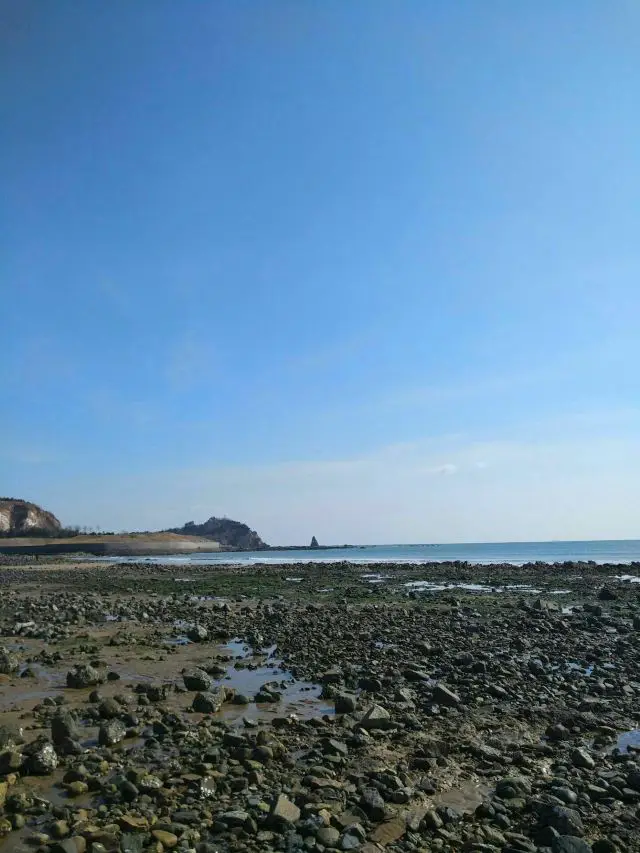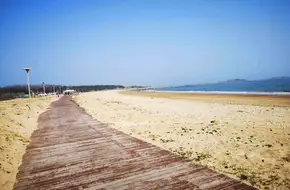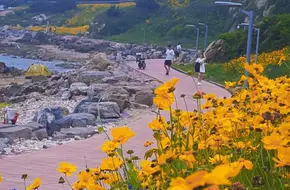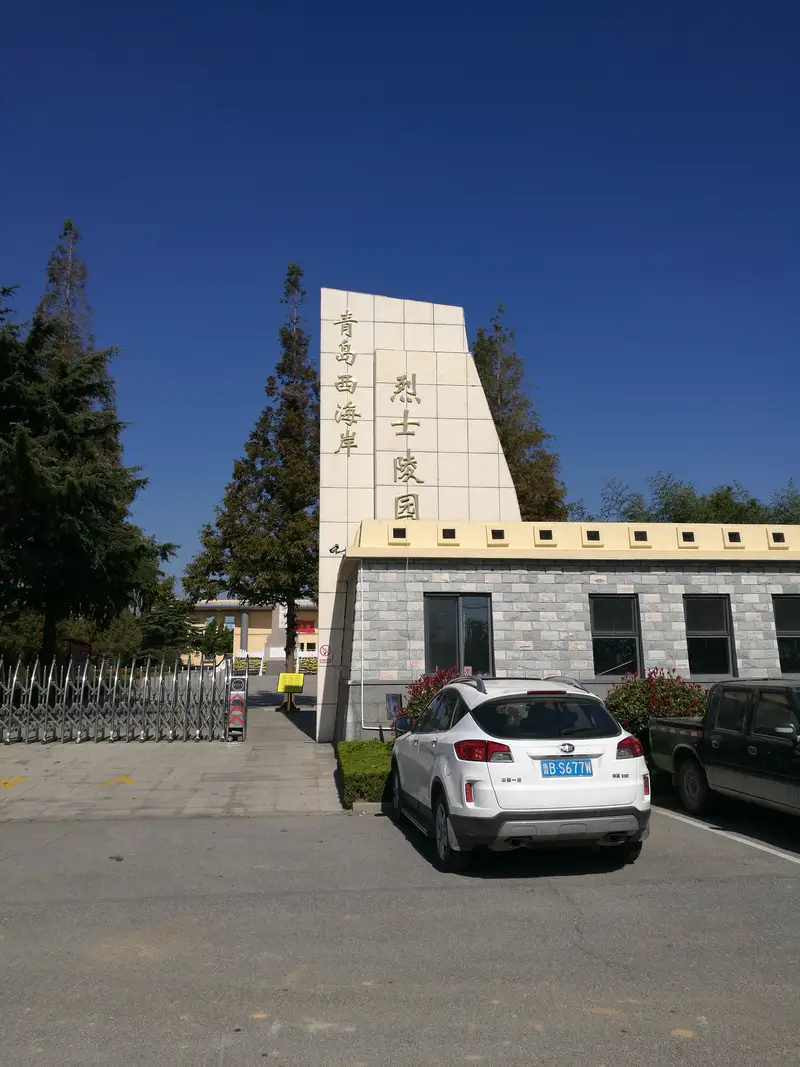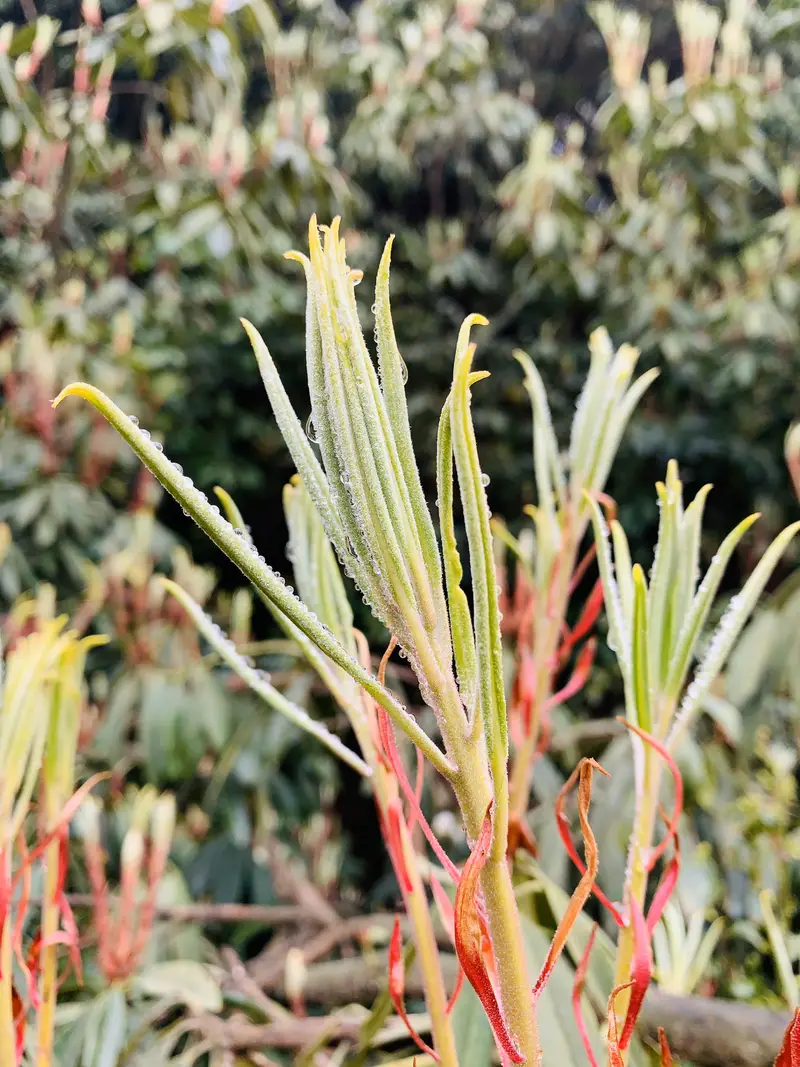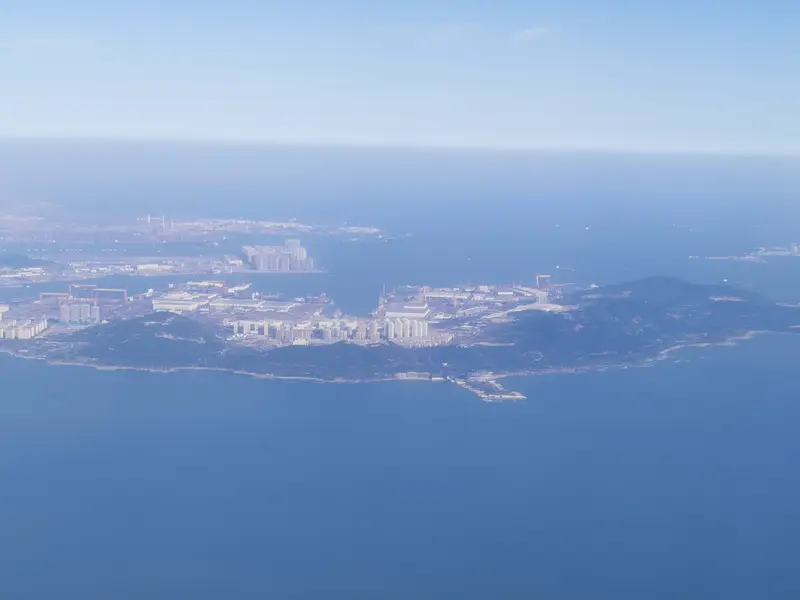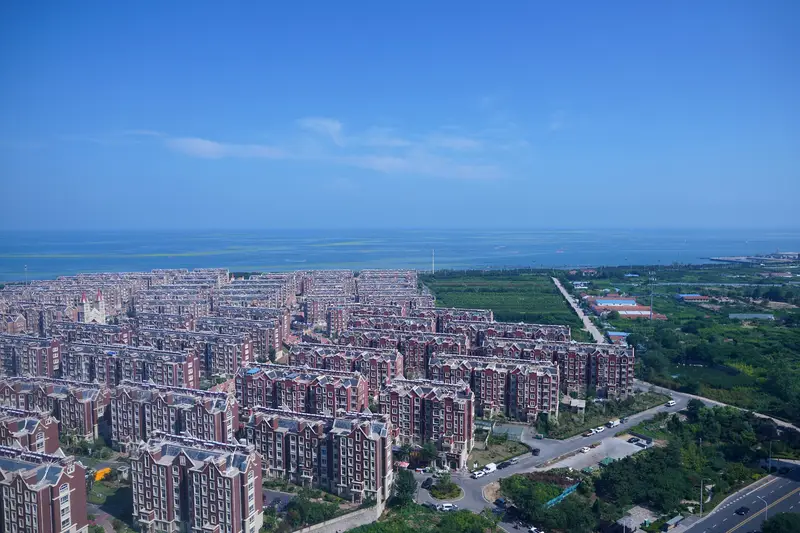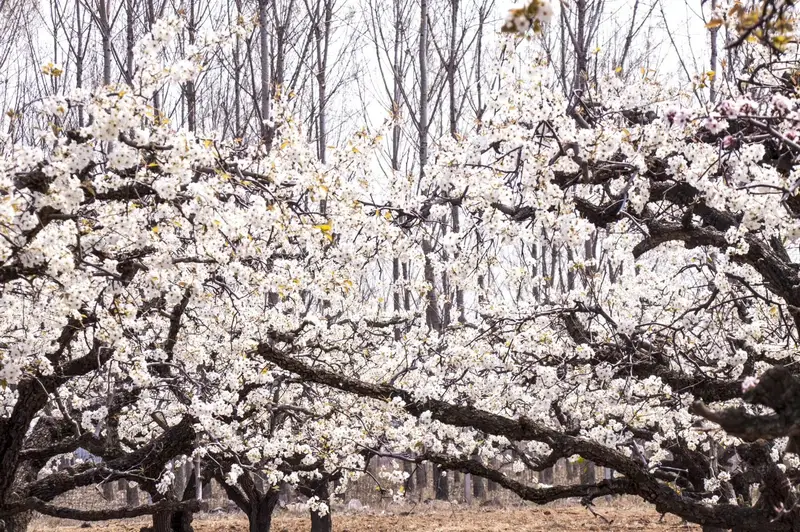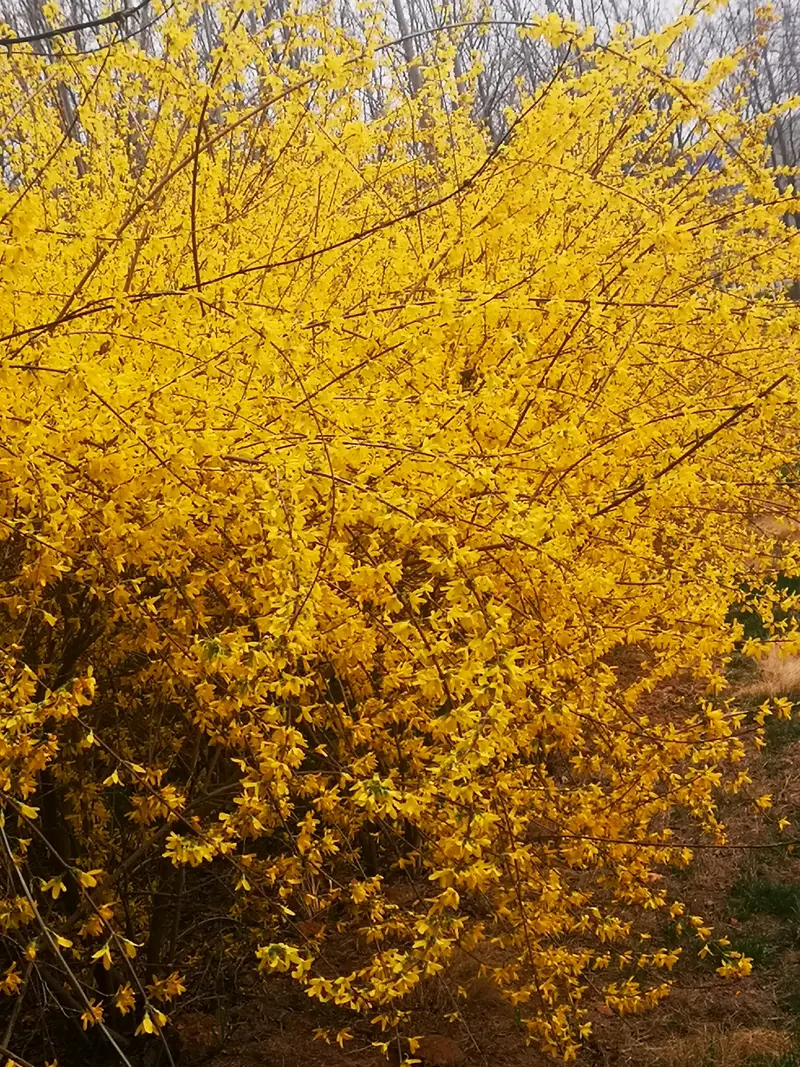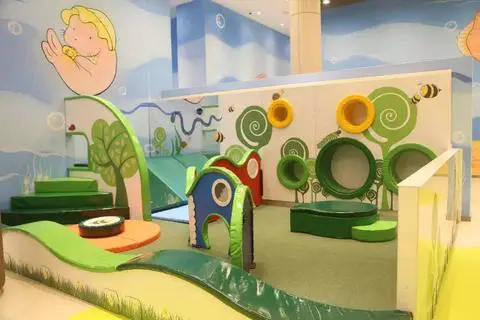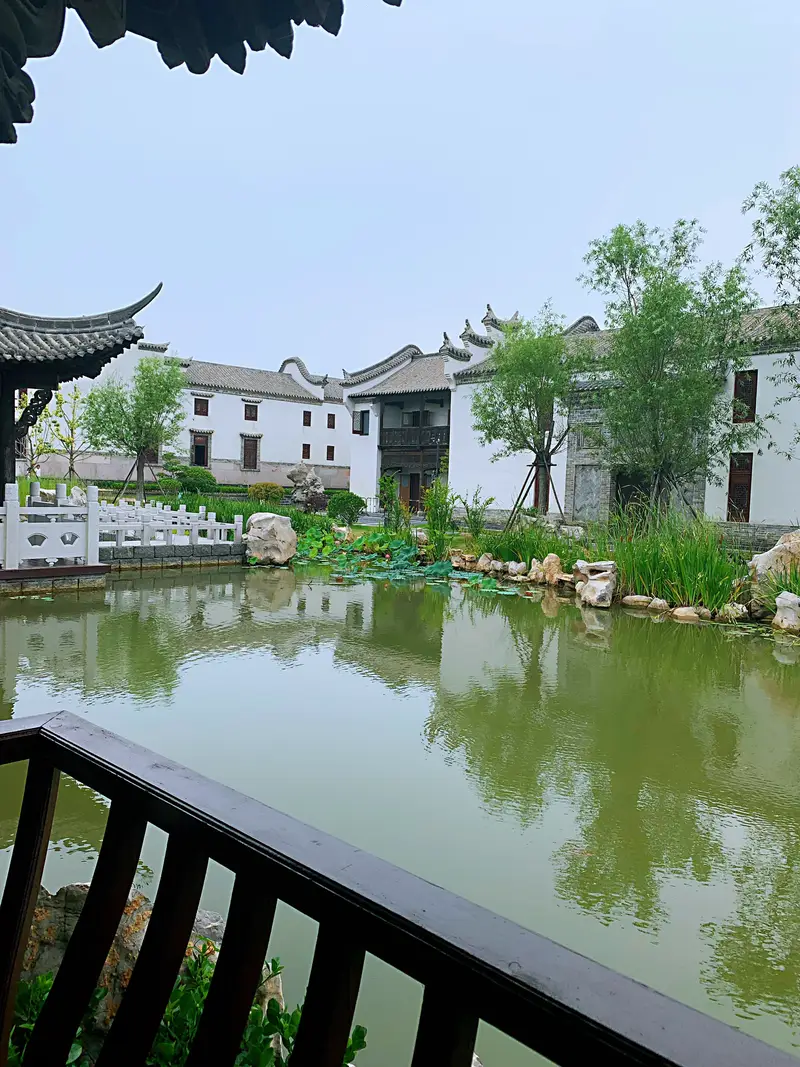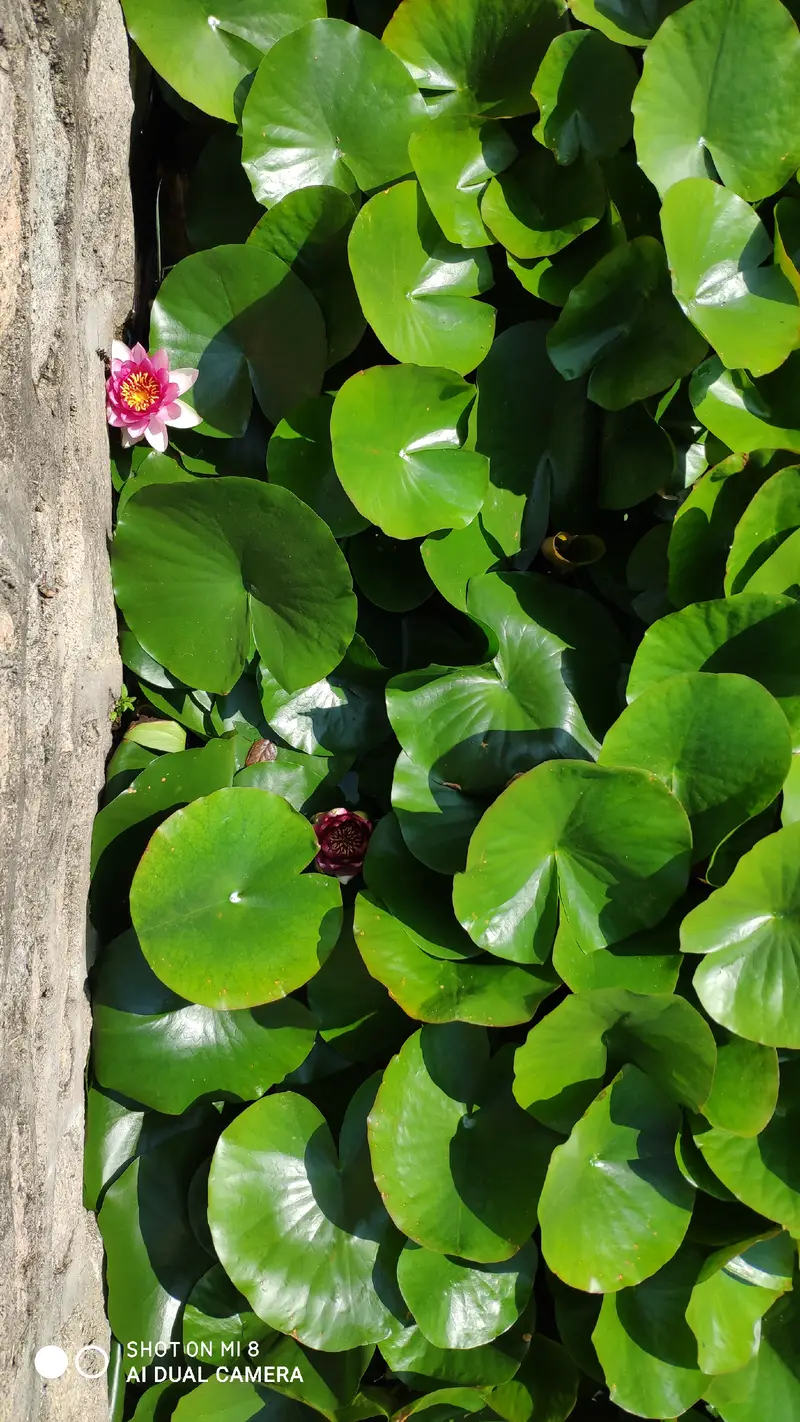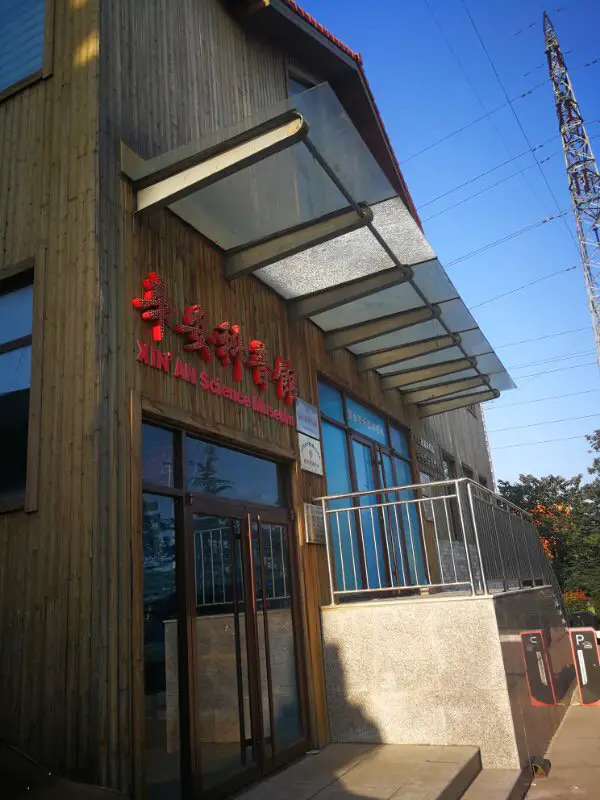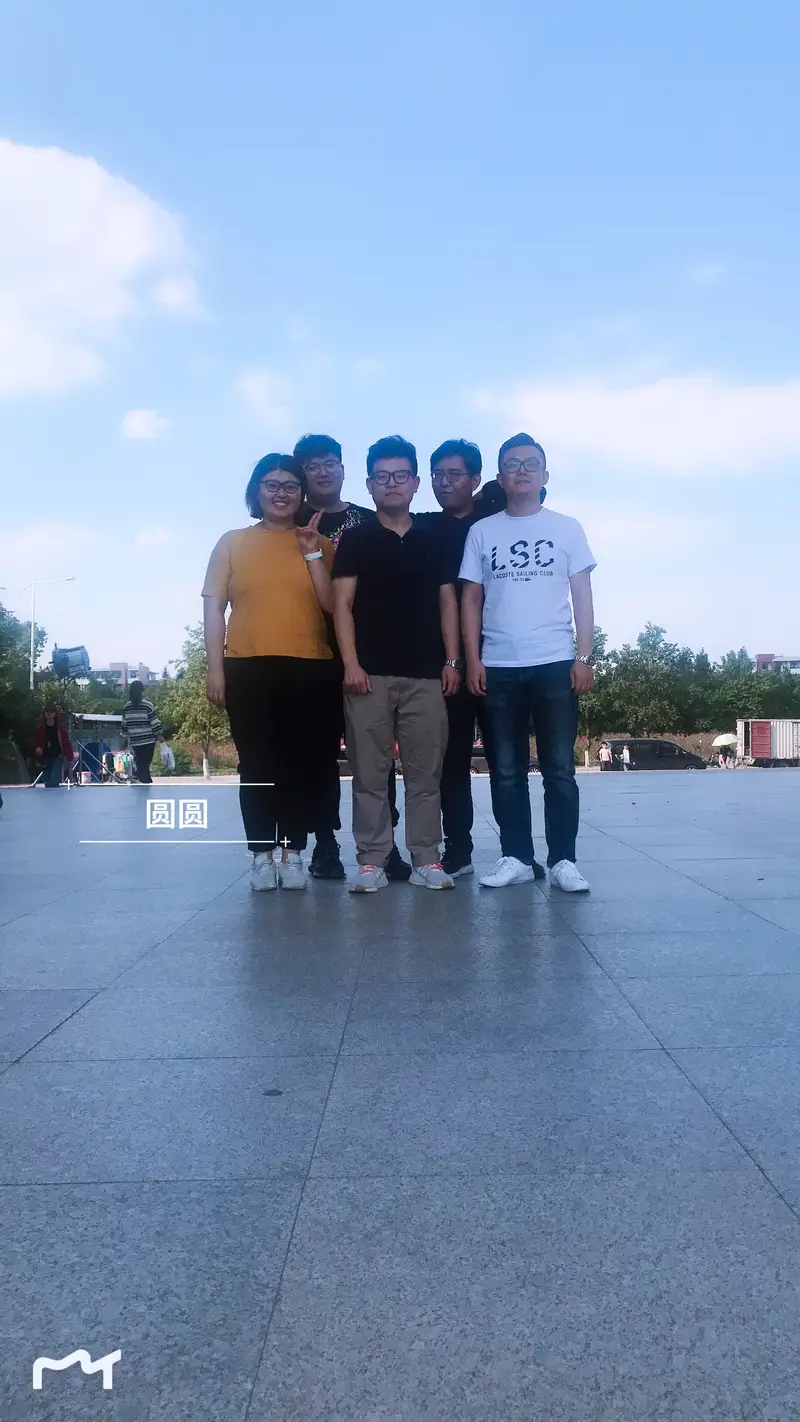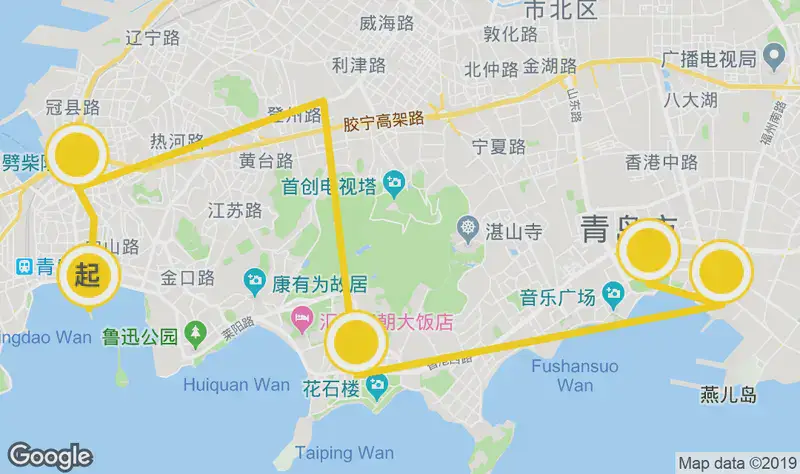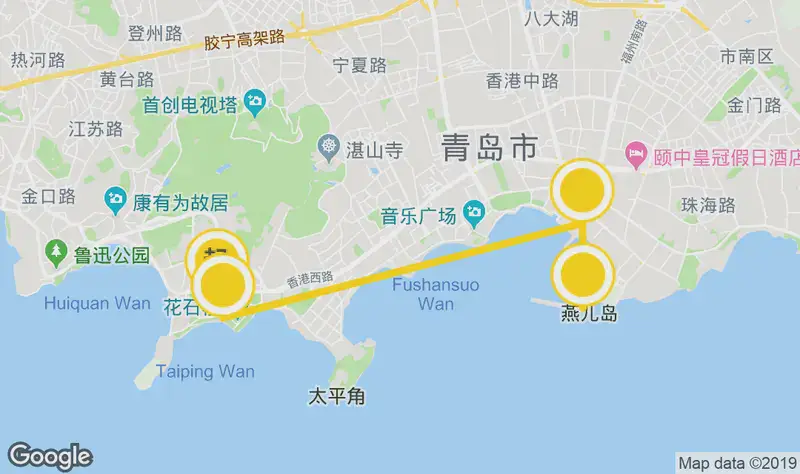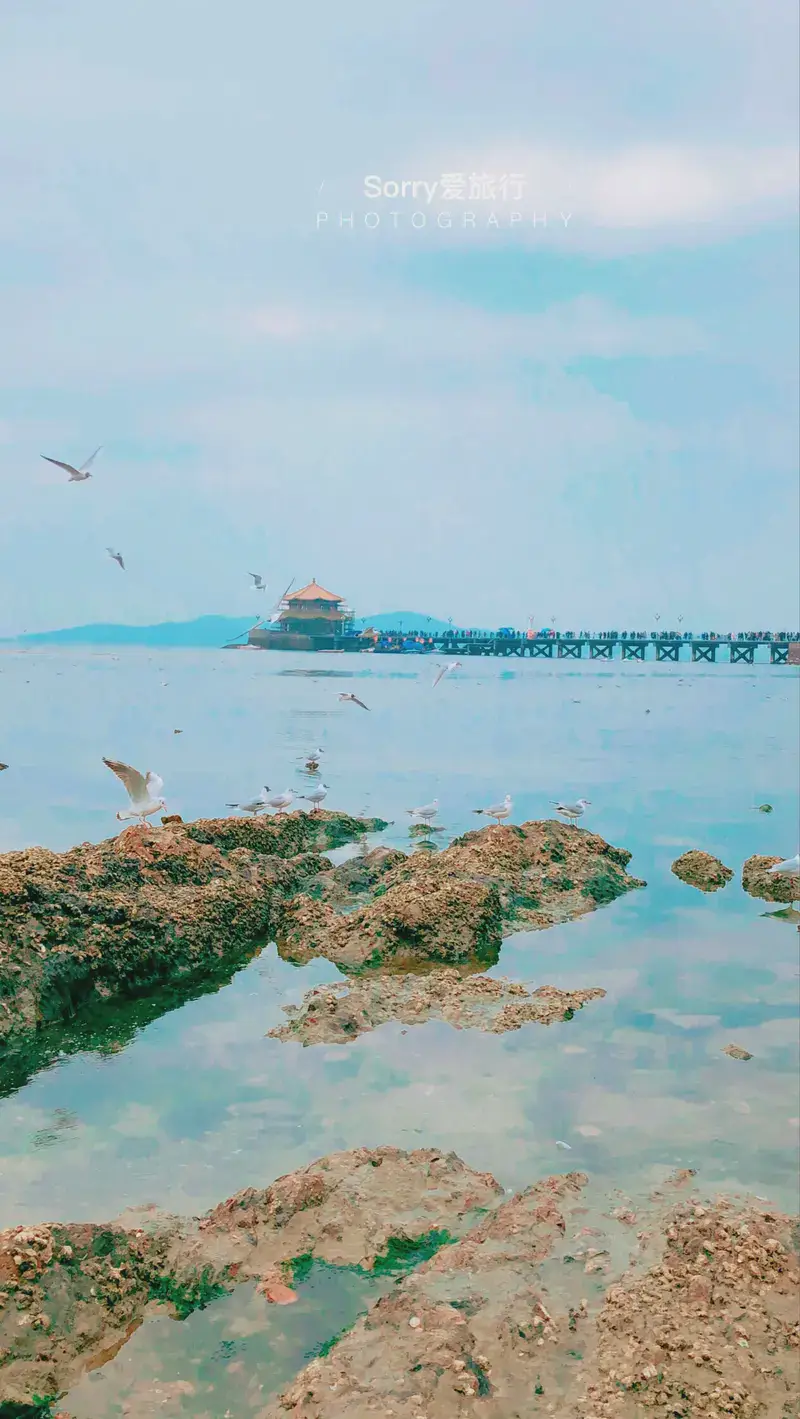Three Connected Islands sits in the heart of Huangdao District, Qingdao, along the rugged coastline of China’s Shandong Peninsula. While Qingdao’s famed attractions like the Stack Bridge or Laoshan Mountain draw crowds, this hidden gem offers a quieter, more immersive experience. The islands are nestled between towering cliffs and the endless sea, creating a dramatic backdrop that feels both wild and serene.
To reach here, you can hop on a local bus from downtown Qingdao (lines 305 or 310) or drive yourself—punch “Three Connected Islands” into your GPS, and it’ll lead you straight to Huangdao’s coastal roads. If you’re staying in Qingdao’s city area, it’s a 40-minute ride, but totally worth it for the untouched views.
Natural Landscape: A Dance Between Land and Sea
The magic of Three Connected Islands lies in its name. At high tide, three tiny islands—each about the size of a football field—stand alone, separated by shimmering water. But when the tide recedes, a narrow strip of sand and rock connects them, like nature’s own secret pathway. This “rise and split, fall and link” phenomenon (as locals say) happens twice a day, so timing your visit to low tide is chef’s kiss for photos.
The islands themselves are rocky and windswept, with jagged cliffs that look like they’re straight out of a pirate movie. Coastal plants cling to the edges, and if you’re lucky, you’ll spot seabirds diving into the waves. For sunset, the islands glow gold, and the shadows stretch across the water—trust me, bring your camera.
Cultural Stories: Legends and Local Life
Legends say these islands were once connected to the mainland, home to a fishing village. When a storm threatened the village, the gods split the land to save them—hence the “connect-disconnect” cycle. Today, no one lives here, but you’ll still see fishermen’s boats bobbing near the shore, and maybe even nets drying in the sun.
Even without ancient ruins, the place buzzes with life. Locals come here to collect shellfish at low tide, and you’ll often hear laughter echoing from tour groups marveling at the tide’s tricks. It’s a mix of raw nature and human history, all wrapped in sea spray.
Facilities: Simple but Sweet
Don’t expect luxury resorts—this is more of a “bring-your-own-snacks” kind of spot. There’s a small parking lot (free!), a stone path leading down to the water, and a few wooden pavilions where you can rest. No restaurants, but there’s a vending machine for drinks, and vendors sell grilled squid sticks nearby.
For safety, there are ropes and signs warning about slippery rocks. Wear waterproof sandals or sneakers—those sharp tide pools can be tricky! And bring sunscreen; even on cloudy days, the sea breeze will sneak up on you.
Visiting Tips: How to Get the Most Out of It
- Best time to visit: Low tide! Check apps like Tide Forecast Qingdao (yes, it’s real) to plan your trip. Morning light is softer for photos, but evening sunsets are epic.
- What to do: Walk the connecting sandbar (if the tide’s right), climb the rocks for views, or just sit on the shore and watch the waves carve paths between the islands.
- Pro tip: The area gets windy, so tie down loose hats and scarves. Also, avoid swimming—the currents here are serious business.
After exploring, head to nearby Huangdao Old Street for dumplings or fresh seafood. It’s not as touristy as Qingdao’s main drag, but the food is just as good (and cheaper).
Three Connected Islands isn’t about ticking off a sight—it’s about feeling small next to the ocean’s power, watching the tide play tricks, and catching a moment of peace before the next wave rolls in. Pack light, wear layers, and get ready for one of Qingdao’s best-kept coastal secrets. 🌊


